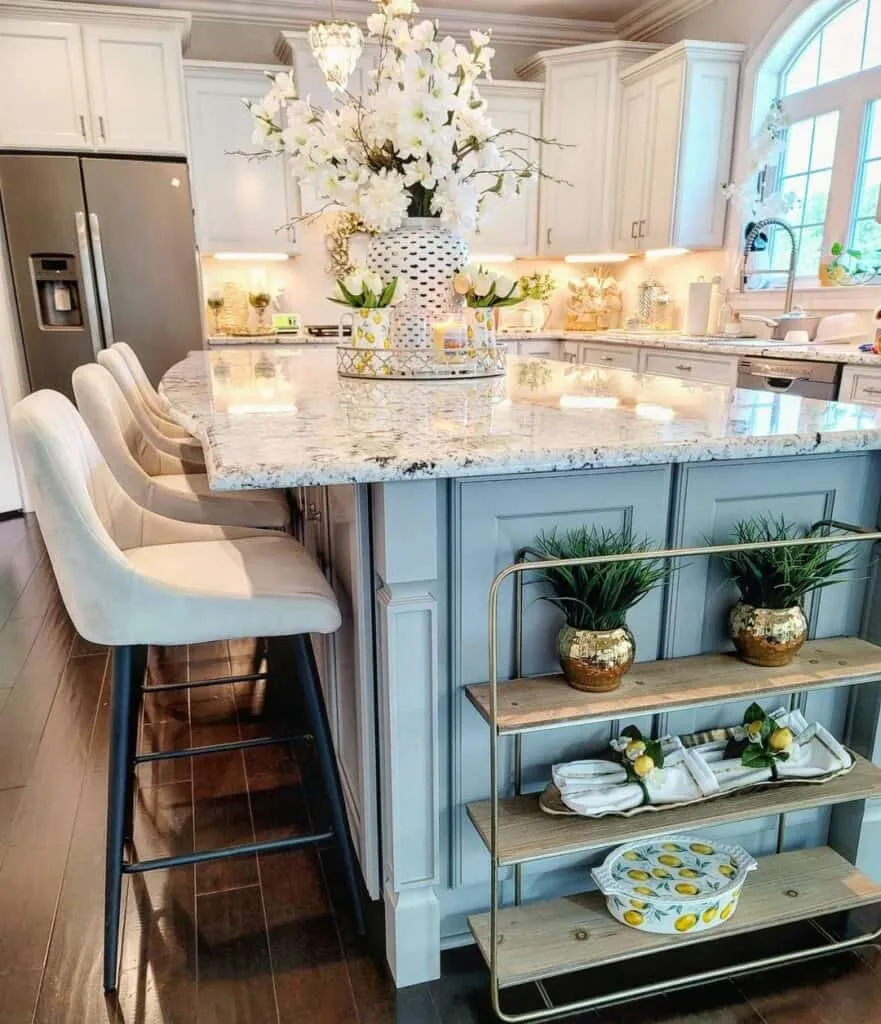Embracing Farmhouse Kitchen Decor
Farmhouse kitchen decor is all about creating a warm, inviting, and functional space that evokes a sense of comfort and nostalgia. This style blends rustic charm with modern convenience, resulting in a timeless aesthetic that remains popular. The core principles focus on natural materials, a neutral color palette, and carefully curated details that bring character and personality to the heart of your home. Whether you’re starting from scratch or updating an existing kitchen, embracing farmhouse decor can transform your space into a haven of tranquility and style. The goal is to create a space that feels lived-in, welcoming, and reflects a simpler way of life, while still being practical for everyday use. It’s about blending the old with the new, creating a harmonious blend of style and function.
The Essence of Farmhouse Style
The essence of farmhouse style revolves around several key elements. These include a focus on natural materials like wood, stone, and metal. Think about exposed beams, wooden floors, and countertops made of butcher block or reclaimed wood. A neutral color palette, featuring whites, creams, grays, and soft pastels, forms the backdrop. This provides a clean and airy feel, allowing other elements to stand out. Functional and practical elements, like open shelving, apron-front sinks, and vintage-inspired appliances, also play a significant role. Comfort is key, with plush textiles, cozy seating, and a sense of effortless charm. It’s about creating a space that feels both stylish and approachable, a place where you can relax, cook, and gather with loved ones. The style often incorporates vintage or antique finds, adding character and personality. Farmhouse is an enduring style that embraces simplicity, functionality, and a connection to nature.
Incorporating Natural Elements
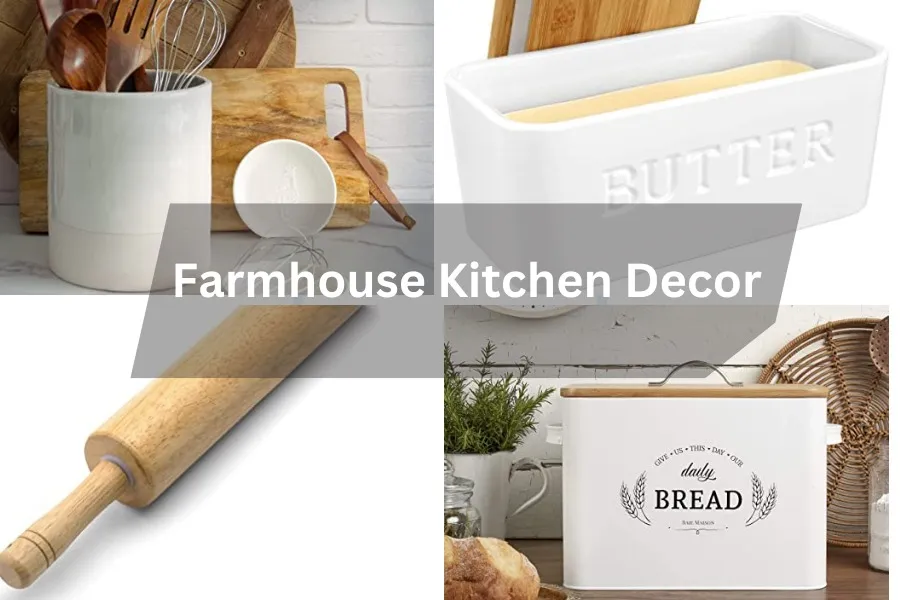
One of the hallmarks of farmhouse kitchen decor is the use of natural elements. Wood is, of course, a primary material, and it can be integrated in a variety of ways. Consider wooden cabinets, countertops, or even a reclaimed wood island. Stone is another essential element, often seen in the form of backsplashes or flooring. Think about using stone tiles, or even a stone sink. Metal accents, such as wrought iron or galvanized steel, add a touch of rustic charm. You can use these in light fixtures, cabinet hardware, or decorative accents. The goal is to bring the outdoors in and create a space that feels connected to nature. The use of natural materials not only adds visual appeal but also contributes to the durability and longevity of your kitchen design. These materials also tend to age beautifully, gaining character over time. Using natural materials makes your kitchen feel warmer and more inviting.
Wood and Rustic Finishes
Wood is at the heart of farmhouse kitchen decor. It provides warmth, texture, and a connection to the natural world. Consider incorporating wood in your cabinetry, flooring, and countertops. Butcher block countertops, for example, are a classic farmhouse choice that adds a touch of rustic charm. Reclaimed wood can be used to create a kitchen island or accent wall, adding character and history. Rustic finishes, such as distressed or weathered wood, are also popular, as they create a sense of history and charm. If you’re not looking to completely renovate, you can add wooden accents to your kitchen. This can be achieved by adding wooden shelving or adding wooden picture frames to your walls. You can paint the wooden furniture, leaving the wood exposed to create an extra rustic appeal. The idea is to showcase the wood’s natural beauty and imperfections, highlighting the unique character of each piece.
Exposed Beams and Wooden Accents
Exposed beams are a signature element of farmhouse kitchen design. They add architectural interest and a sense of history. If you’re lucky enough to have exposed beams in your kitchen, embrace them. If not, you can create the look by adding faux beams made from wood or other materials. Wooden accents can be incorporated throughout the kitchen in a variety of ways. Consider wooden shelving, decorative cutting boards, or even a wooden range hood. These accents can add warmth and texture to the space, creating a cohesive and inviting look. This is also a great way to add character if your kitchen is lacking. Using wooden accents helps tie the space together and creates a sense of visual unity, making the kitchen feel more inviting and cohesive. Adding wooden accents to your kitchen is a great way to add personality and warmth.
Using White Paint
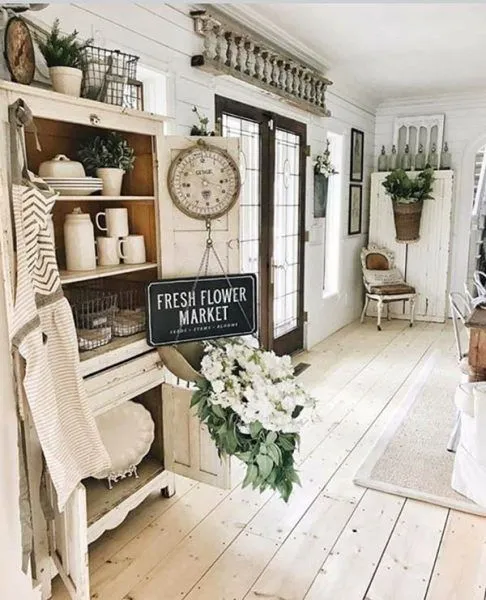
White paint is a cornerstone of farmhouse kitchen design. It provides a clean, bright, and airy feel, creating a perfect backdrop for other elements. White reflects light, making the space feel larger and more inviting. It also allows natural materials and textures to stand out. The great thing about white is how versatile it is; it works well with a variety of styles. You can use white on walls, cabinets, and even ceilings. Different shades of white can be used to add depth and interest, such as using a slightly warmer white for the walls and a cooler white for the trim. Using white paint is a great way to achieve the farmhouse look without committing to a full renovation. It’s simple, effective, and instantly transforms a kitchen into a more open and inviting space. White also creates a sense of calmness and order, which can be especially appealing in a kitchen.
The Role of Lighting in Farmhouse Kitchens
Lighting plays a crucial role in setting the mood and functionality of a farmhouse kitchen. It should be both practical and aesthetically pleasing. Layer your lighting to include ambient, task, and accent lighting. Ambient lighting provides general illumination, while task lighting focuses on specific areas like the countertop and the stovetop. Accent lighting adds visual interest and highlights architectural details or decorative elements. Choose fixtures that complement the farmhouse style, such as pendant lights, lanterns, or sconces. Natural light is also essential, so maximize the use of windows and consider adding a skylight if possible. The right lighting can transform the entire feel of the kitchen, making it feel more inviting and functional. Consider mixing and matching lighting styles to create a layered look.
Pendant Lights and Lanterns
Pendant lights and lanterns are popular choices for farmhouse kitchen lighting. Pendant lights can be hung over the kitchen island or the dining table, providing task lighting and adding visual interest. Lanterns offer a classic farmhouse look, often made from metal or wood. They can be used as pendant lights or as sconces, adding a touch of rustic charm. Consider choosing fixtures with a vintage or distressed finish to enhance the farmhouse aesthetic. You can also use Edison bulbs for a warm and inviting glow. The selection of lighting fixtures is an opportunity to express your personal style and add character to your kitchen. Pendant lights and lanterns contribute significantly to the overall ambiance and create a warm, welcoming space. The right lighting choices make the kitchen feel both functional and stylish.
Textiles and Soft Furnishings
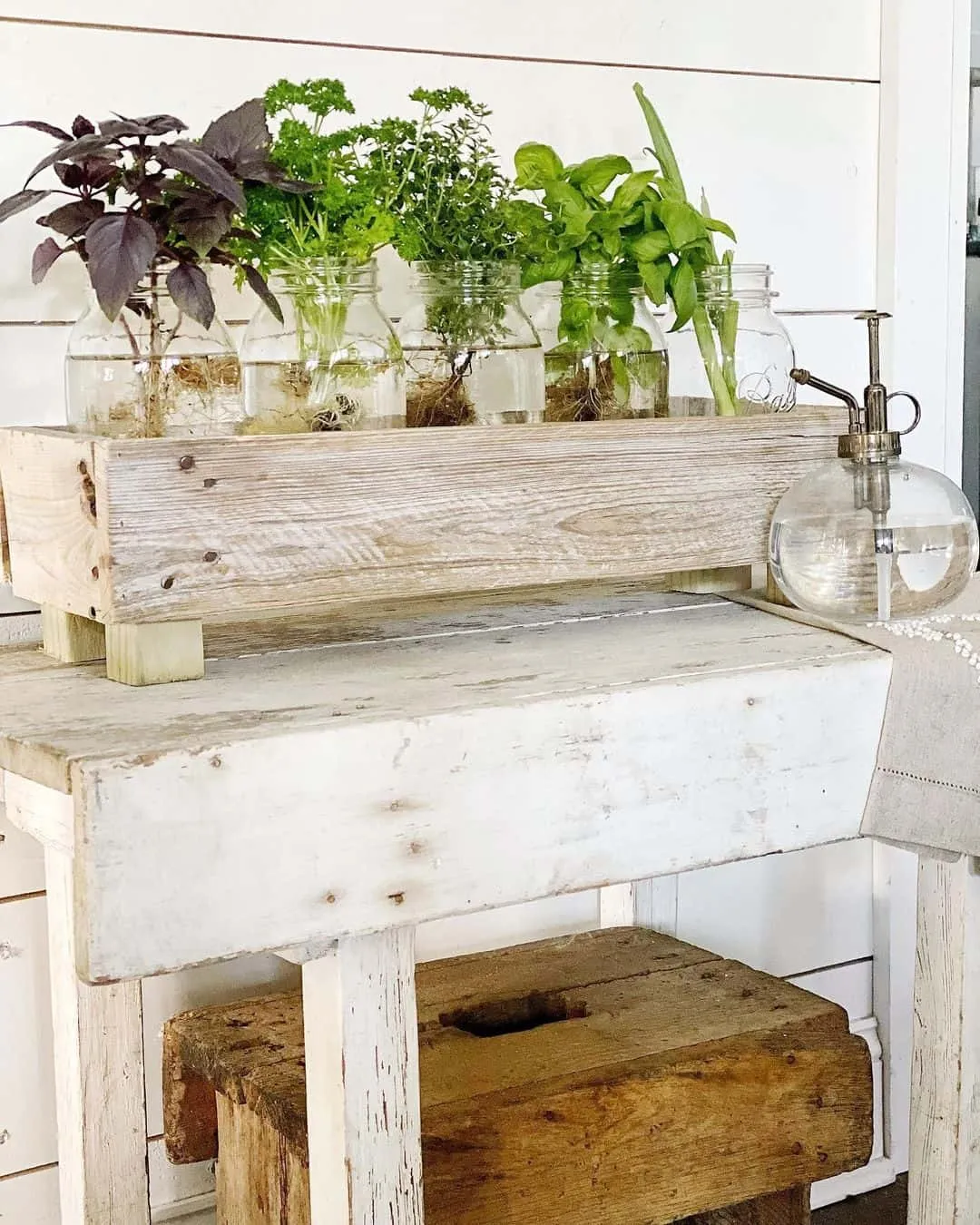
Textiles and soft furnishings can add warmth, texture, and personality to a farmhouse kitchen. Incorporate textiles in the form of curtains, dish towels, table runners, and cushions. Choose fabrics like linen, cotton, and burlap, which add a natural and rustic feel. Consider using patterns like stripes, checks, and floral prints to add visual interest. Avoid bold, overpowering patterns. Instead, choose soft, muted tones that complement the neutral color palette of a farmhouse kitchen. The goal is to create a cozy and inviting space that feels comfortable and lived-in. Textiles soften the overall look of the kitchen and add layers of visual interest. Soft textiles make your kitchen cozier and more inviting. Textiles are a wonderful way to introduce pattern and texture to your kitchen, creating a more inviting space.
Adding Warmth with Textiles
Textiles are essential for adding warmth to your kitchen. They can soften the hard surfaces and create a more inviting atmosphere. Consider adding curtains to your windows, using dish towels in a variety of patterns and colors, and adding cushions to your dining chairs. Table runners and placemats can add warmth and texture to your dining table. Choose fabrics that are natural and comfortable, like linen or cotton. Avoid synthetic fabrics that can feel cold and sterile. Think about the textures. Linen will make the room feel rustic, while cotton gives off a more modern look. The goal is to create a space that feels comfortable and inviting, a place where you want to spend time. The use of textiles is a simple way to transform your kitchen into a cozy haven. Use textures and patterns to make the space more visually interesting.
Incorporating Vintage Finds
Vintage finds are a cornerstone of farmhouse kitchen decor. They add character, history, and a sense of nostalgia. Look for antique furniture, such as a farmhouse table or a vintage hutch. Search for vintage accessories, such as enamelware, mason jars, and old kitchen utensils. Vintage pieces add a unique charm and personality to your kitchen. You can display vintage items on open shelves, countertops, or in a glass-front cabinet. The key is to mix and match different eras and styles to create an eclectic and personal look. Vintage finds create visual interest and provide a conversation starter. When you incorporate vintage items into your kitchen, you can easily personalize your kitchen and add character.
Sourcing Vintage Decor
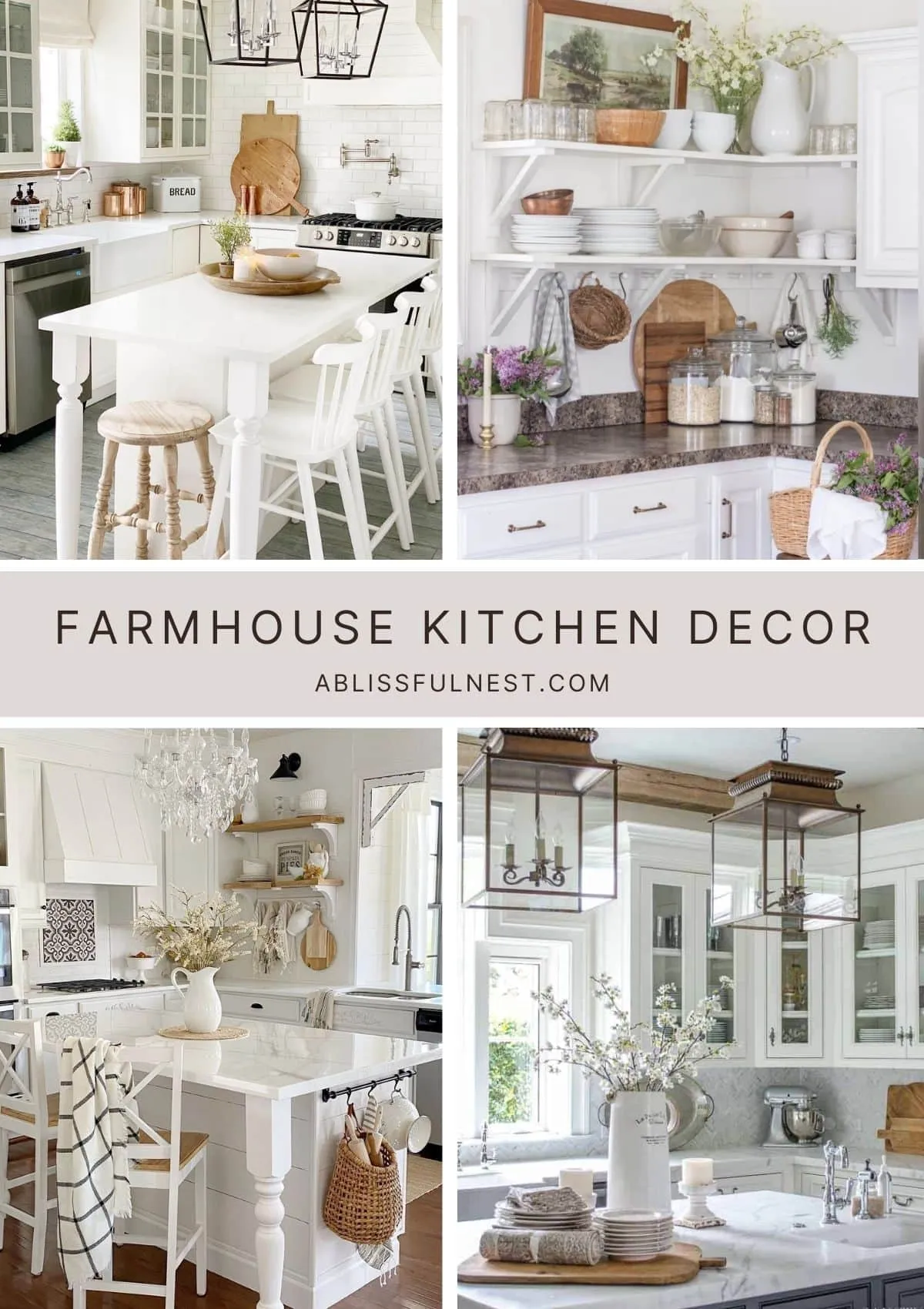
Sourcing vintage decor can be a fun and rewarding experience. Start by visiting local antique shops, flea markets, and thrift stores. Online marketplaces, such as Etsy and eBay, are also great resources for finding unique vintage pieces. Consider estate sales and auctions for rare finds. When choosing vintage decor, look for items that reflect the farmhouse aesthetic, such as enamelware, mason jars, and vintage kitchen tools. Don’t be afraid to mix and match different styles and eras to create a personalized and eclectic look. Look for items with character and history. Choose pieces that speak to you and reflect your personal style. Sourcing vintage decor is about the journey of discovering unique treasures that add charm and personality to your kitchen. It adds a personal touch, making your kitchen a unique reflection of your taste.
The Role of Open Shelving
Open shelving is a defining feature of farmhouse kitchens. It provides a practical way to display kitchen essentials and adds visual interest. Open shelves can be made from wood, metal, or a combination of both. They can be used to display dishes, glassware, cookbooks, and decorative items. Open shelving adds a sense of airiness to the kitchen and creates a more open and inviting space. Make sure to arrange your items in a visually appealing way, using a combination of functional and decorative pieces. Use open shelving as a way to express your style. Open shelving adds character and practicality to the space. It allows you to showcase your favorite items, creating a personalized and inviting atmosphere. Open shelving is both functional and stylish.
Displaying Kitchen Essentials
When displaying kitchen essentials on open shelving, think about functionality and aesthetics. Group similar items together, such as plates, bowls, and cups. Use decorative items to add visual interest, such as cookbooks, vases, and plants. Consider using a variety of textures and colors to create a visually appealing display. Make sure to keep your shelves organized and uncluttered, as this helps to create a more relaxed and inviting atmosphere. Consider displaying items you actually use on a daily basis. You can add a rustic or vintage flair to the display by arranging your items in a visually appealing way. Open shelves make your kitchen feel more welcoming, as they showcase the everyday items that you love. Consider using a mix of old and new items to create a unique, personal display.
Incorporating Plants
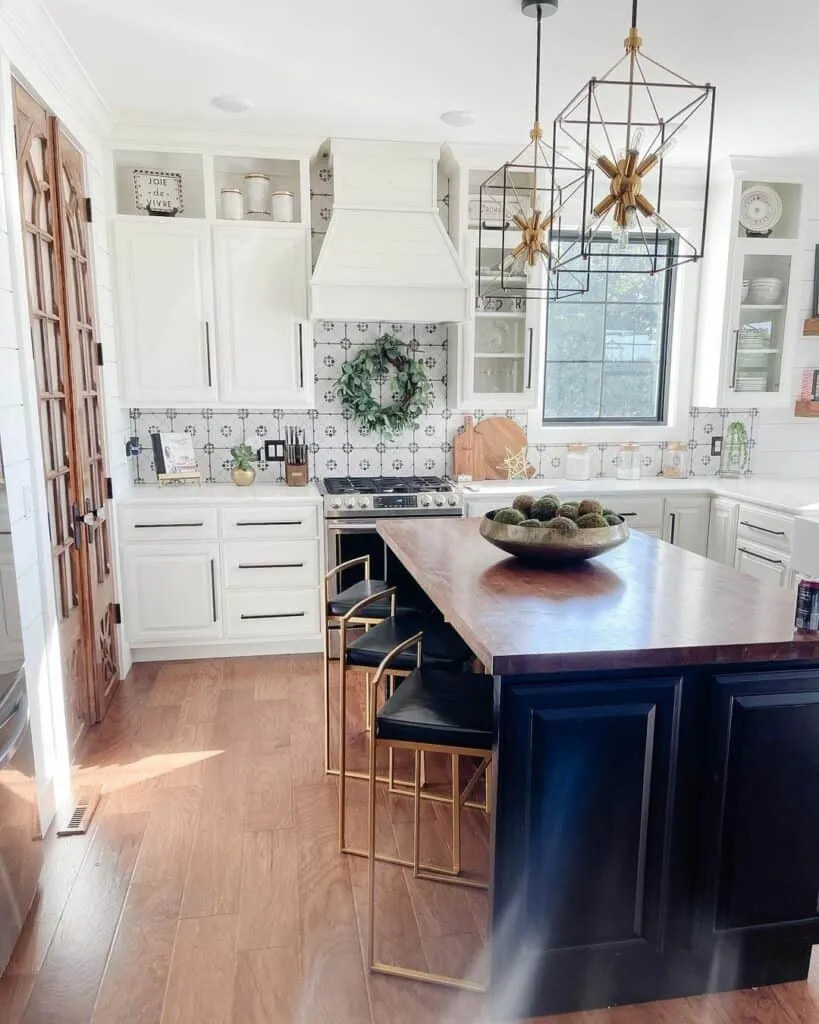
Plants are a fantastic way to bring life and freshness to your farmhouse kitchen. They add color, texture, and a touch of nature. Choose plants that thrive in kitchen environments, such as herbs, succulents, and ferns. Use a variety of pots and planters to add visual interest. Display plants on countertops, shelves, or windowsills. Plants not only add beauty but also can improve air quality and create a sense of well-being. Herbs are a practical choice, as they can be used in cooking. Succulents and ferns are easy to care for. Incorporating plants makes your kitchen feel more alive and inviting. You can bring a sense of natural beauty and freshness into the space, creating a more welcoming atmosphere. Plants are a simple and affordable way to enhance your farmhouse kitchen decor.
Bringing the Outdoors In
Bringing the outdoors in is a key element of farmhouse decor. Plants are the most obvious way to achieve this, but there are other ways to connect your kitchen to the natural world. Consider using natural materials, such as wood, stone, and metal. Use a neutral color palette inspired by nature, such as whites, creams, and greens. Incorporate natural light as much as possible. Consider adding a window seat or a small dining area with a view of the outdoors. The goal is to create a space that feels connected to nature. This adds a sense of calm and tranquility to the kitchen. You can also incorporate botanical prints or artwork. By bringing the outdoors in, you can create a kitchen that feels both beautiful and serene. It allows you to escape from the indoors and get closer to nature.
Color Palette for a Farmhouse Kitchen
The color palette of a farmhouse kitchen is typically centered around neutral tones. Whites, creams, grays, and soft pastels form the foundation of the design, providing a clean and airy feel. These neutral colors create a versatile backdrop that allows other elements to stand out. Accent colors can be added through textiles, accessories, and artwork. Consider using colors inspired by nature, such as greens, blues, and yellows. Avoid using bold, overpowering colors. Instead, choose soft, muted tones that complement the neutral palette. The goal is to create a harmonious and inviting space that feels both stylish and comfortable. A well-chosen color palette is crucial to achieving the farmhouse aesthetic. The color palette helps to create a consistent and cohesive look.
Neutral Colors
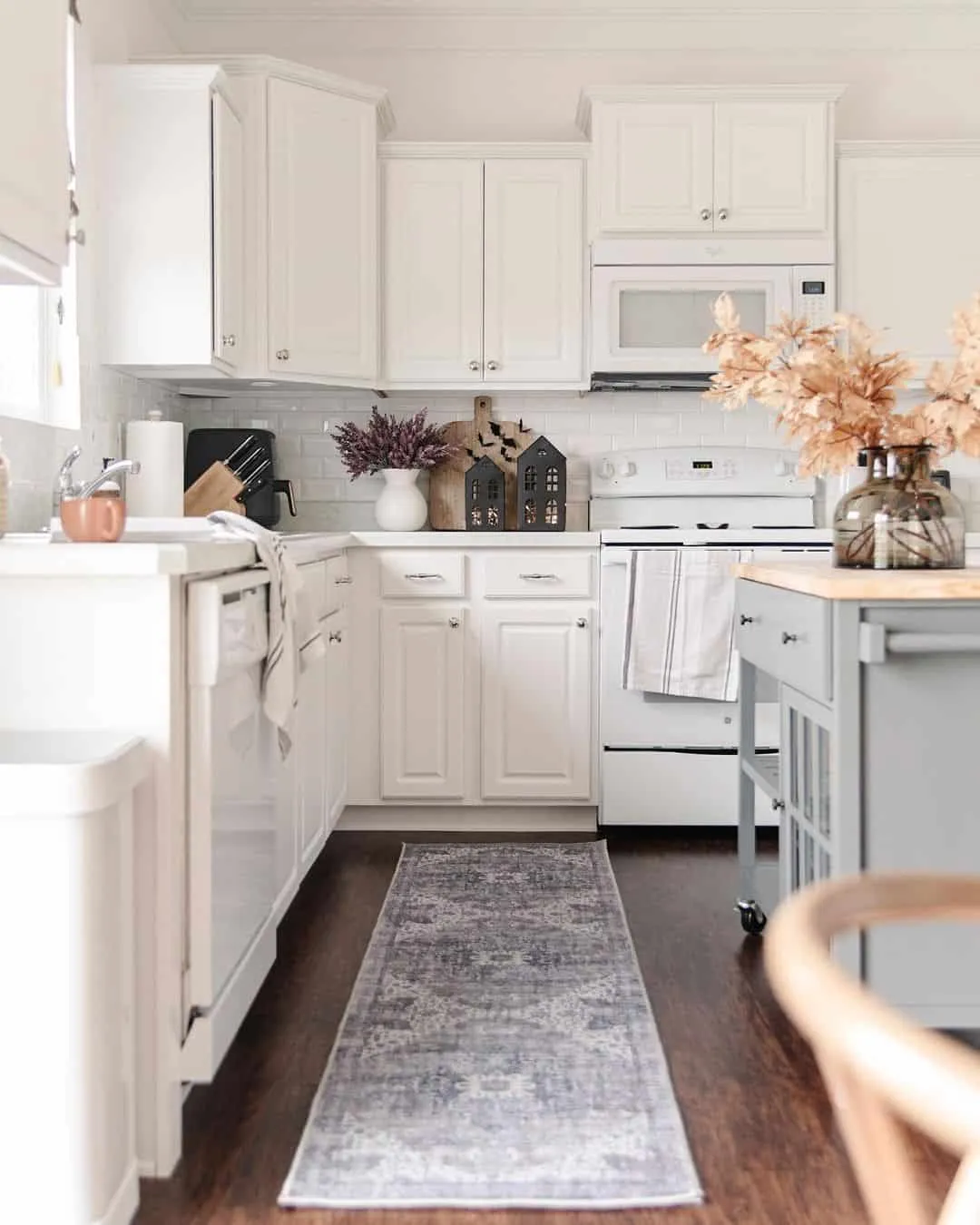
Neutral colors are the cornerstone of farmhouse kitchen design. They create a clean, bright, and inviting atmosphere. Whites, creams, and grays are the most popular choices, as they provide a versatile backdrop for other elements. Different shades of white can be used to add depth and interest, such as using a slightly warmer white for the walls and a cooler white for the trim. Grays can range from light and airy to darker and more dramatic, depending on the desired effect. These neutral colors create a sense of calm and order, which is especially appealing in a kitchen. They also make the space feel larger and more inviting. The neutral color palette of your kitchen creates a harmonious and balanced look. Neutral colors create a great canvas for the other elements of the kitchen.
Adding Rustic Charm with Accessories
Accessories are essential for adding rustic charm and personality to a farmhouse kitchen. Choose accessories that complement the overall aesthetic, such as vintage signs, enamelware, mason jars, and wooden cutting boards. Display accessories on countertops, shelves, and open shelving. Consider incorporating items that are both functional and decorative, such as a bread box, a utensil holder, and a spice rack. Mix and match different textures, colors, and styles to create a unique and personalized look. The goal is to create a space that feels lived-in and inviting, a place where you want to spend time. Accessories allow you to express your personal style. Accessories add visual interest and reflect your personality.
Choosing the Right Accessories
Choosing the right accessories is key to creating a farmhouse kitchen. Start by considering the overall aesthetic you want to achieve. Then, choose accessories that complement the existing color palette and style. Look for items with a vintage or rustic feel, such as enamelware, mason jars, and wooden cutting boards. Use a variety of textures and colors to create a visually appealing display. Don’t be afraid to mix and match different styles and eras. The goal is to create a space that feels personal and inviting. Accessories reflect your style and can be easily updated. They add charm and personality, creating a kitchen that feels like home. The right accessories can transform your kitchen into a stylish and inviting space.
Final Thoughts on Farmhouse Kitchen Decor
Farmhouse kitchen decor is a timeless style that continues to inspire. It blends rustic charm with modern convenience, creating a warm, inviting, and functional space. By focusing on natural materials, a neutral color palette, and carefully curated details, you can transform your kitchen into a haven of tranquility and style. Embrace the key elements of farmhouse design, such as wood accents, white paint, pendant lights, and vintage finds. The beauty of farmhouse style lies in its versatility and ability to be personalized. The farmhouse kitchen is a place to gather, cook, and create lasting memories. You can embrace the style in both large and small spaces. Ultimately, farmhouse decor is about creating a space that feels authentic, comfortable, and a true reflection of your personal style.
